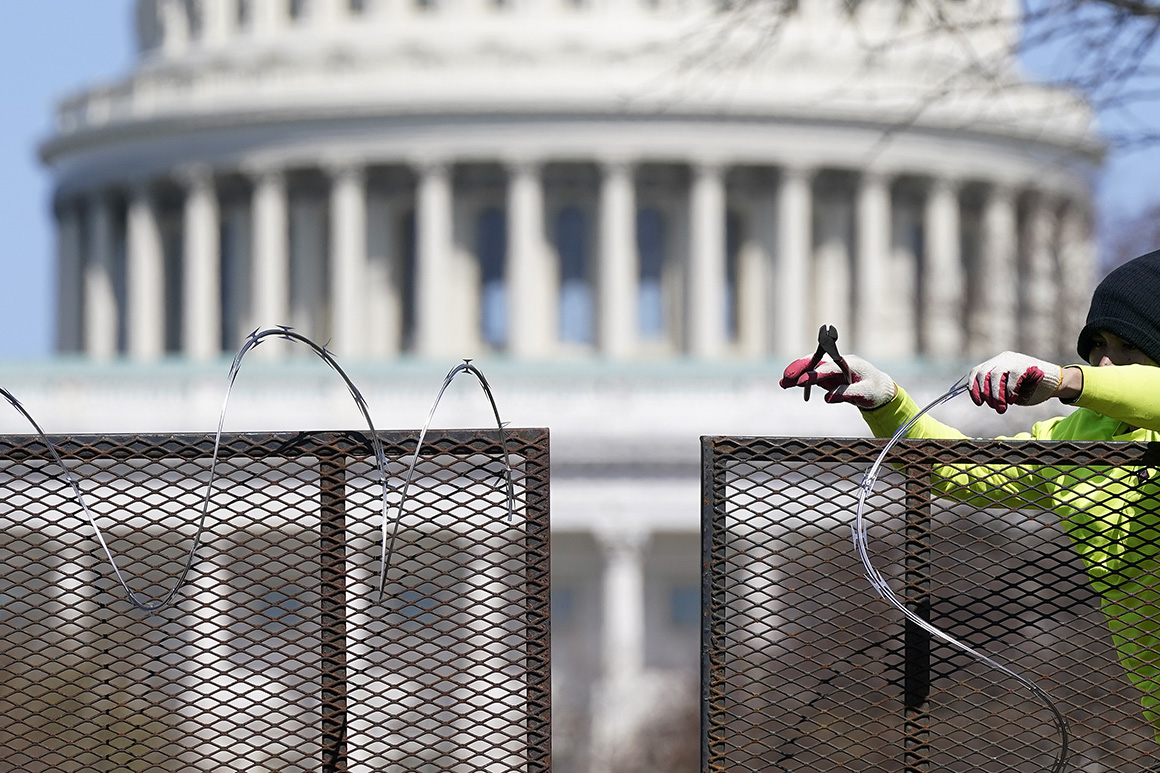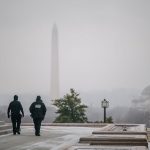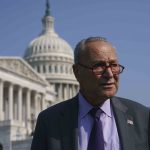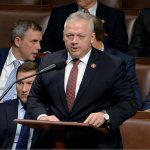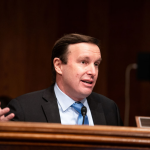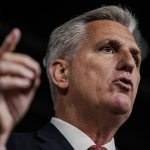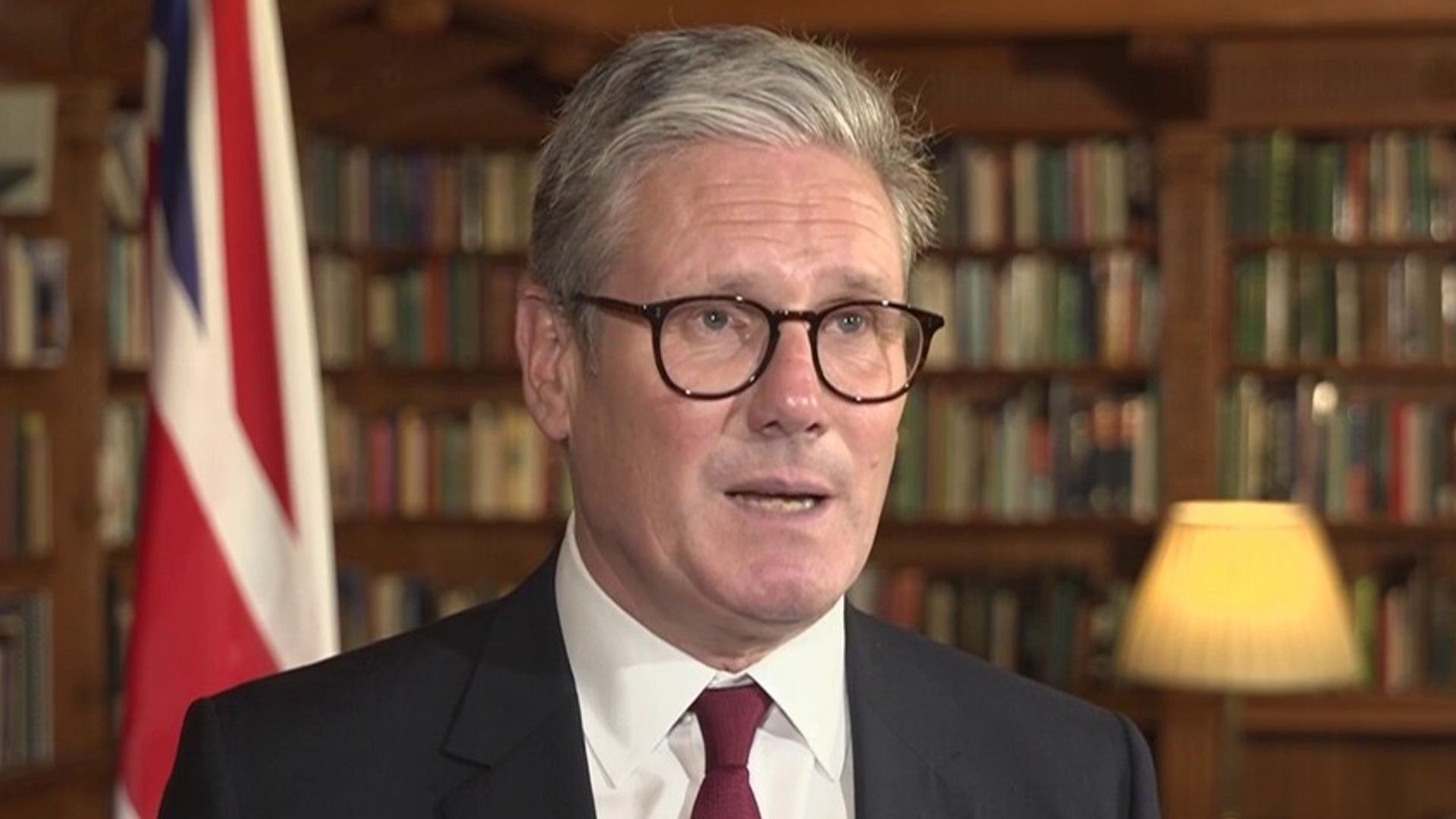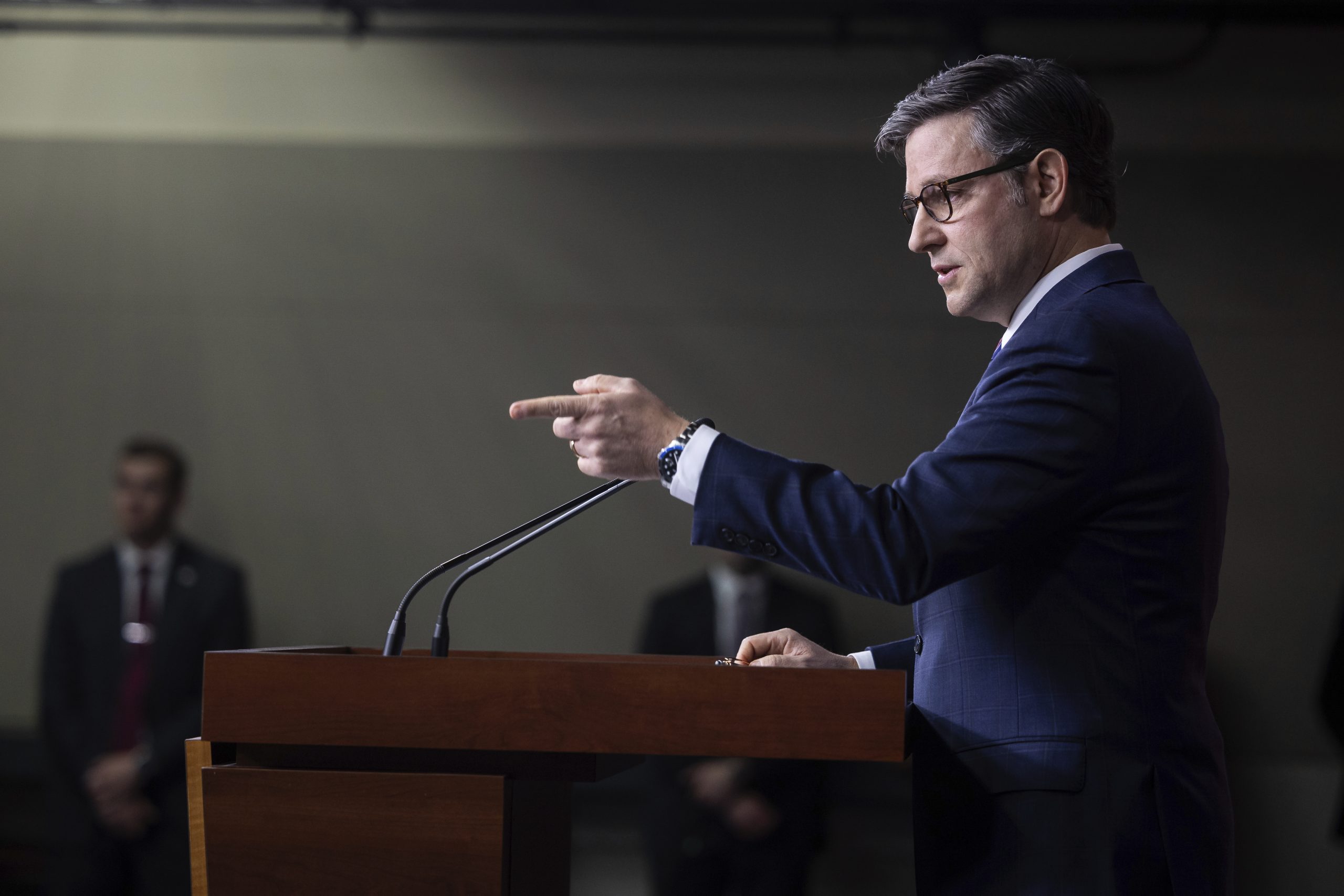Congressional security officials are in discussions about rebuilding fencing around the Capitol — just weeks after a previous perimeter came down — to help secure the building ahead of President Joe Biden’s upcoming address to lawmakers and possible protests expected in the capital, according to multiple sources.
The anticipated security measures come as Washington, D.C. braces for likely protests following the verdict in the criminal trial of former Minneapolis police officer Derek Chauvin, in addition to separate Capitol preparations for Biden’s April 28 address to a joint session of Congress. Those twin events are bringing security to the top of lawmakers’ minds, including many who remain on high alert in the wake of the Jan. 6 Capitol riot by Donald Trump supporters.
Any new Capitol perimeter would be narrower, according to initial talks, and wouldn’t include the broad street closures that accompanied the first. One congressional source said the proposal was expected to come before the Capitol Police Board for approval Tuesday and would come with a $2 million price tag.
The new wave of anxiety on the Hill about possible protests this week coincides with plans to reopen the Capitol to limited groups of visitors on Wednesday. It’s the first time that outside visitors on “official business” will be allowed into the House side of the Capitol since the coronavirus forced significant restrictions. Additional visitors will be allowed into the rest of House buildings next Wednesday, the day of Biden’s speech.
The House sergeant-at-arms is expected to formally announce the new visitation protocol in a letter to congressional offices on Tuesday.
The task of securing the Capitol also came up Monday night in a House Democratic leadership meeting where lawmakers discussed potential protests this week, according to sources familiar with the conversations.
Some draconian security measures implemented after Jan. 6 have started to wind down around the Capitol complex. The outer perimeter fence was removed just a few weeks ago, amid bipartisan concern that the heavy fortifications had gnarled traffic in Washington, D.C. and created a fortress-like atmosphere in what has traditionally been an open campus. The National Guard also has scaled back its presence in the Capitol complex in recent weeks, though some troops still remain.
But just days after the outer fence came down, an attacker rammed a vehicle into a Capitol Police checkpoint, killing one officer, William Evans, and injuring another. That deadly incident, as well as ongoing reviews of Capitol security in the aftermath of the insurrection, have added an air of uncertainty to safety plans for lawmakers, staff and visitors.
